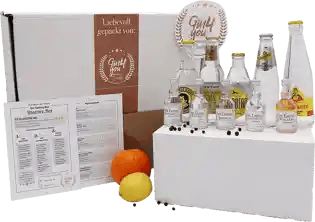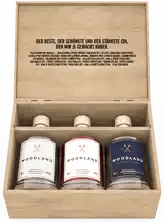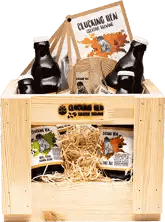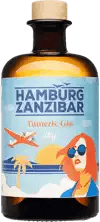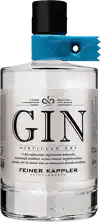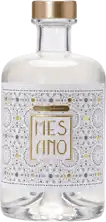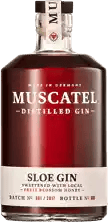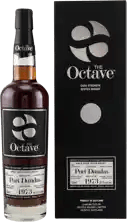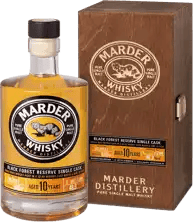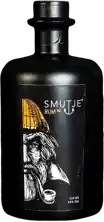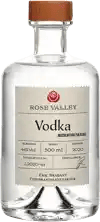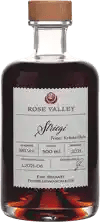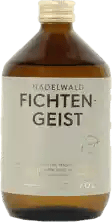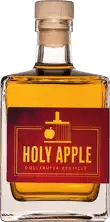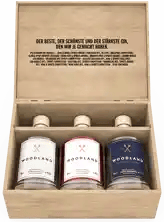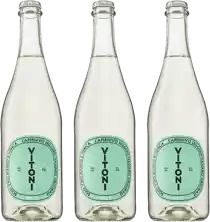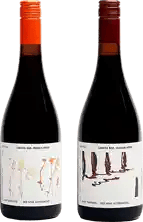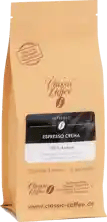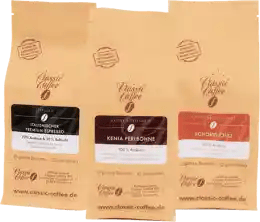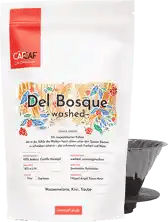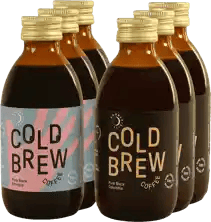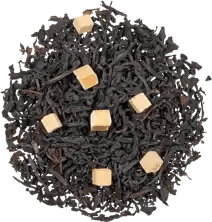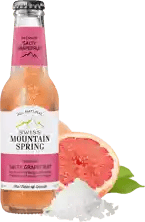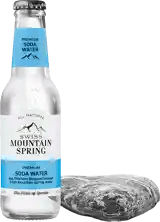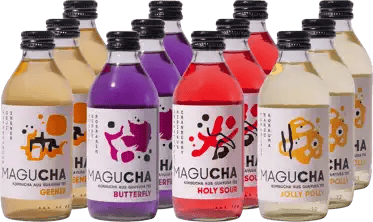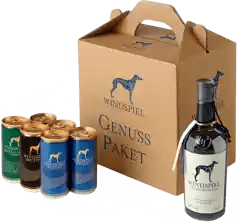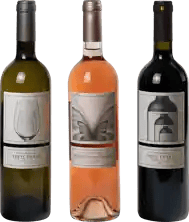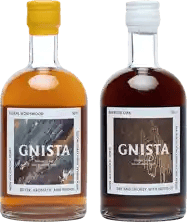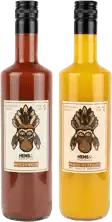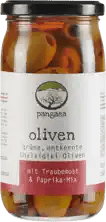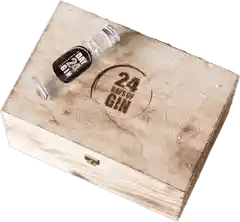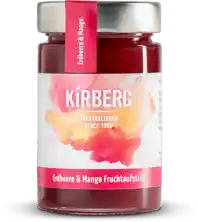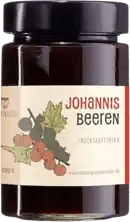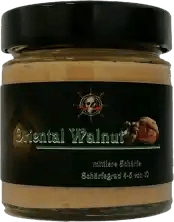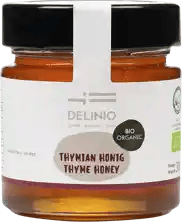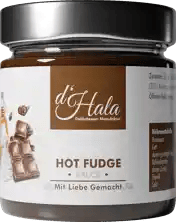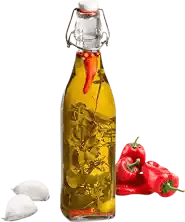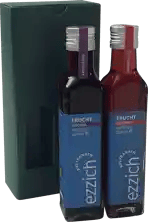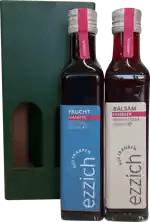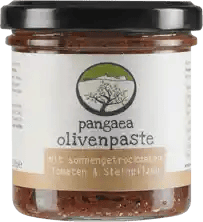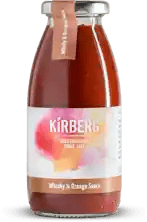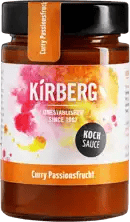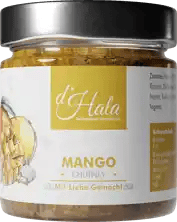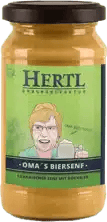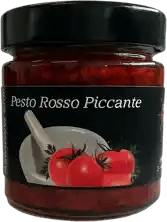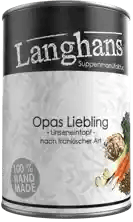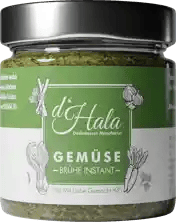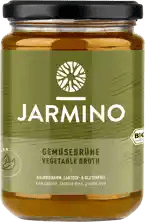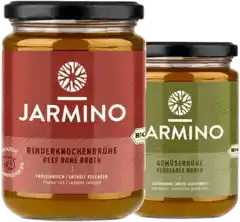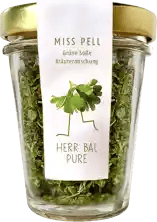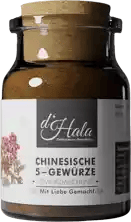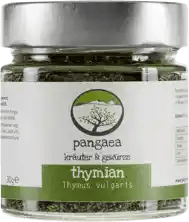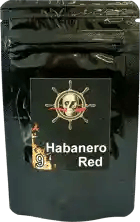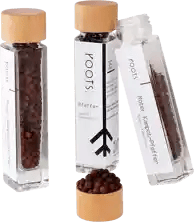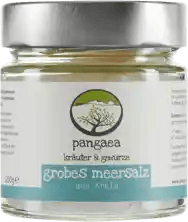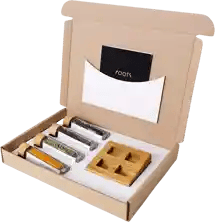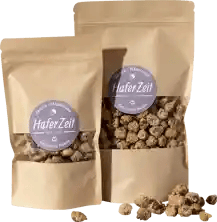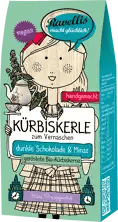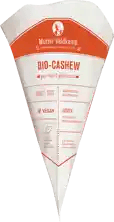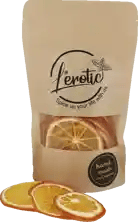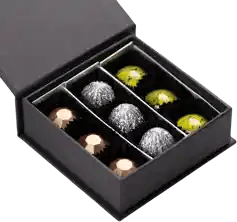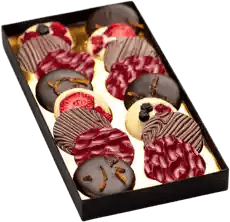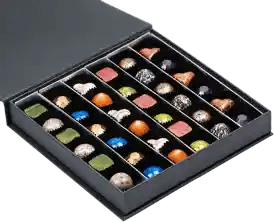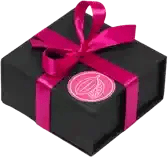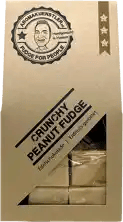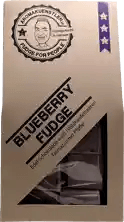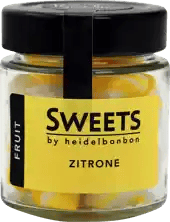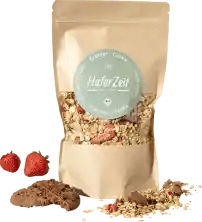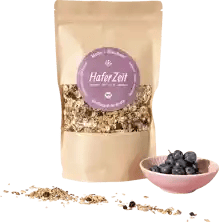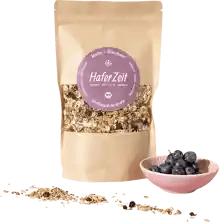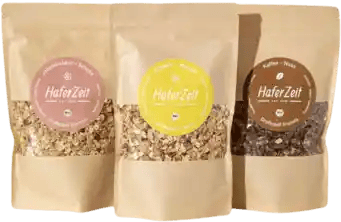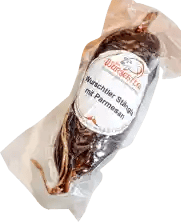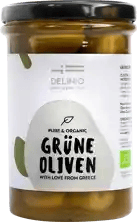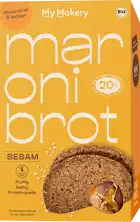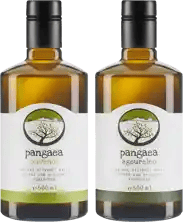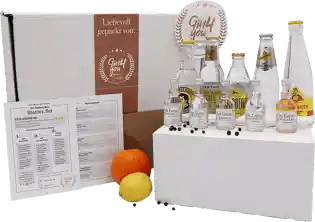Quality instead of quantity!
7,000 independent products
No mainstream
7,000 independent products
What is cola and how is it made?
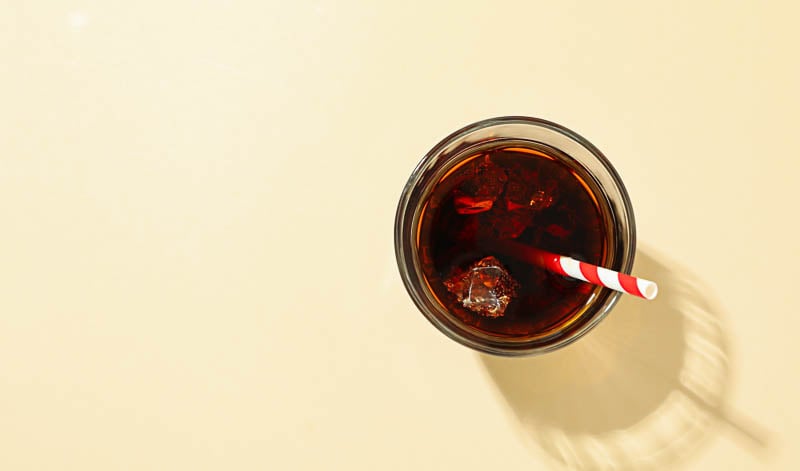
The most important facts summarized for you:
- Coke is a caffeinated, non-alcoholic soft drink
- The caffeine content is responsible for the fact that cola can be called the world's first energy drink
- It tastes good neat and is best chilled. Cola is also popular for mixed drinks
- Since its invention in 1886 by the pharmacist John Stith Pemberton, numerous other variants have been added
- While people in southern Germany say "das Cola", "die Cola" is common in eastern and northern Germany - according to the Duden dictionary, both variants are acceptable
Coke, the perennial favorite among soft drinks
Curious about how Coke is made, what it tastes like and why you either love it or don't like it at all? We have the answers for you.
Knowledge makes you thirsty? Here you can buy cola from small manufacturers! To the cola assortment
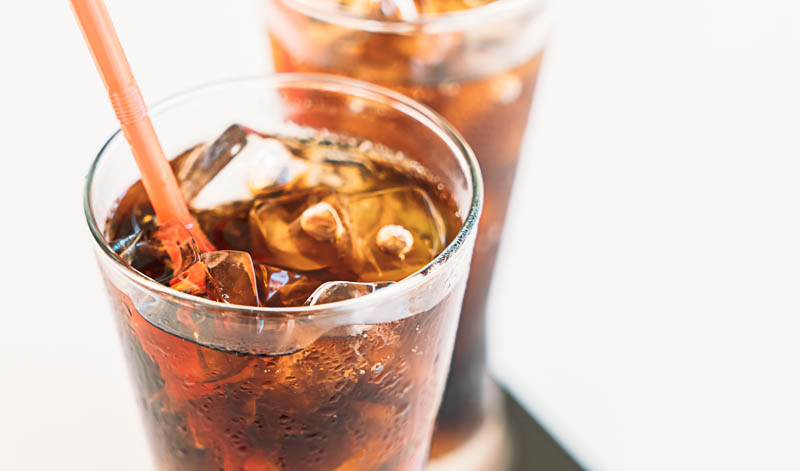
For Cola, both 'das' and 'die' can be used as articles.
How Cola got its name
First of all: You can say das or die Cola, even the dictionary allows both articles. There are regional differences: In Bavaria, Austria and Switzerland, cola is neuter; in northern German and eastern regions, cola is feminine. The name is derived from the ingredient kola nut, which the "inventor", pharmacist John Stith Pemberton, used together with other ingredients in 1886.
Pemberton originally wanted to develop a syrup that would act as a medicine for headaches. In addition to the caffeine-rich kola nut, it also contained extracts of Erythroxylum species - coca bushes. The cocaine-containing leaves were supposed to give the cola a stimulating effect. However, as this led to serious side effects and cocaine addiction, the cocaine-containing species Erythroxylum coca was removed from the list of ingredients as early as 1902. Since then, coca bush species that do not contain cocaine but are rich in caffeine have been used instead.

The global brand Coca Cola in particular is often drunk in conjunction with fast food.
Pemberton gave the syrup the name Coca-Cola as an abbreviation of the two ingredients coca leaf and cola nut. The hoped-for medicinal effect did not materialize, but the syrup was popular when mixed with soda water. A few years later, pharmacy wholesaler Asa Griggs Candler bought the rights to the recipe and the name. He founded the Coca-Cola Company in 1892, which developed into a global brand over the following decades.
Recipe and production
The actual recipe is top secret. In addition, there are now several manufacturers who produce cola and create their own flavors. But most of the ingredients are still known: The main ingredients are water, sugar and carbonic acid. Phosphoric acid (diluted as orthophosphoric acid) is partly responsible for the typical cola taste. Cola also contains caffeine, which either comes from caffeine-containing plant extracts or is produced chemically.
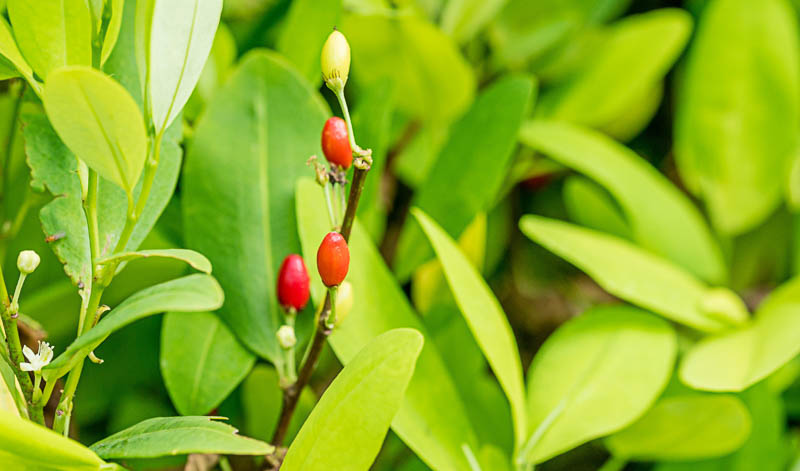
In addition to the kola nut, the coca bush is also the namesake ingredient of cola
Kola nut leaves are also an ingredient. To round off the taste and aroma, producers use other ingredients, for example lemon, lime, cinnamon oil, clove oil or vanilla. There are also differences depending on the country in which cola is produced. There are further regional differences due to the different water qualities in the various countries.
Beet sugar is usually used for sweetening in Europe, cane sugar in Asia and corn syrup is a preferred sweetener in the United States of America. The typical color of cola, a dark reddish brown, comes from the ingredient sugercouleur.
Cola drinks also have an invigorating effect for some, but the caffeine content is lower than that of coffee and black tea.
How to drink cola?
Either pure or mixed, but always as cold and fresh as possible! A bottle that has been open for a long time loses carbon dioxide. And warm cola really doesn't work.
So it's best to store it in the fridge, possibly supplemented with ice cubes. You can enjoy your cola as a non-alcoholic mix if you mix half cola and half orange soda. Then you have Spezi, which is particularly popular in German-speaking countries.
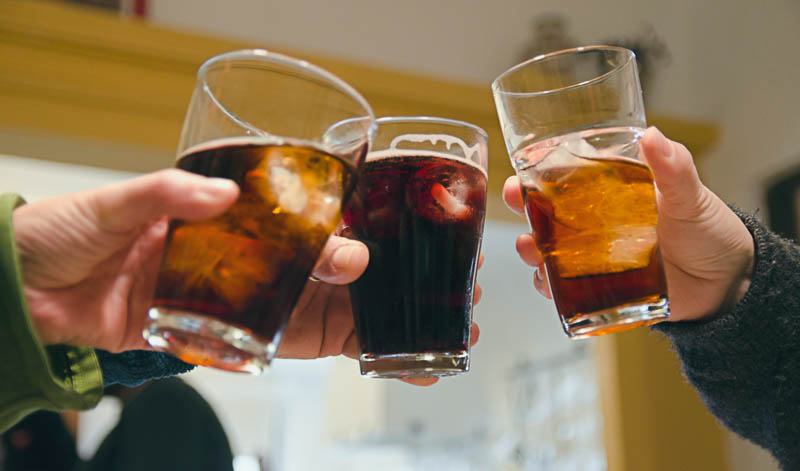
Cola tastes good on its own as well as in mixed drinks with and without alcohol
Alcoholic variants are available with beer or red wine as a lighter version - and mixed with spirits, mainly with rum, as a stronger cocktail. Mixtures with beer are commonly referred to as bog water, diesel or dirty beer. If you use wheat beer, the result is called Colaweizen.
When mixed with red wine, it is called Cola rot or Calimocho (formerly also known as Kahle or Kalte Muschi - although language-sensitive people no longer use these terms). In some regions, the red wine cola mix is called Mussolini or Bambule.
Rum or whisky cola are very popular as a long drink. And always lots of ice, of course! Adding ice cubes keeps the long drink nice and cool, but can also water it down quickly. A small remedy: freeze the cola in an ice cube tray, then the taste is retained until the last sip.
The type of rum or whisky used often gives rise to special names, such as Jackcola or Bacardicola. The gold standard is the famous Cuba libre, which is said to have been created in 1900. Legend has it that an American soldier in the American Bar in Havana combined cola with rum and added the juice of fresh limes. The new creation was accompanied by the toast "¡Por Cuba libre!", which translates as "To a free Cuba!" The Cuba libre is without doubt the most popular long drink with cola.

A classic cocktail with cola is the Long Island Iced Tea
A very well-known cocktail is the Long Island Iced Tea, which looks like iced tea but instead of tea contains five clear spirits and is topped up with cola.
What are the main types of cola?
Original cola
- Typical cola taste
- Fresh and sweet
- Caffeine content: approx. 10 mg/100 ml
- Calorie content: 38 per 100 ml
Reduced sugar and sugar-free cola
- Also good cola taste
- Slight taste changes due to sugar substitutes
- Calorie content: 0.3 kcal per 100 ml
- Zero calories for Zero variants

Over the years, many different cola variations have been created
Kindercola
- Good cola taste
- Contains no caffeine
- Calorie content: 44 kcal per 100 ml
Flavored varieties
- Taste depends on the added flavor
- Frequent variants: Cherrycola with cherry flavor
- Vanillecola with vanilla flavor
- Very fresh with lemon or lime flavor
Cola fans love everything about the caffeinated soda: the fizz when you open a can or bottle, the fresh taste and the intense color. But did you know that there are even white or bright yellow cola variants? The drink is widely available around the world, which is why you can find uncolored versions that are crystal clear without the addition of sugar couleur. The yellow version comes from Peru, is called Inca Kola and contains ingredients that come from the lemon bush.
If you love cola, then it doesn't matter whether it's with or without sugar, with or without flavoring: just choose your favorite variety, add ice cubes and take a little time out! After all, the best-known cola manufacturer was already advertising this refreshing drink in the 1950s with the slogan "Take a break". And breaks are always good, aren't they? Take a look around our store and discover Coke and everything that goes perfectly with it!
Discover our non-alcoholic range now! To the lemonades & cola range
Matching products to the article
Recent articles
-
24 JulDrinks advent calendar: The best gin, whisky & beer calendars for the pre-Christmas period
-
24 Jul"The quality of Languedoc wines simply amazed me" - An interview with two noses for wine
-
10 JulLimoncello - All about the Italian lemon liqueur
-
10 JulAll about lemonade - a world-famous classic
-
18 JunMarder Edelbrände: Germany's best single malt whisky
-
06 JunEuro 2024: Beer, soccer and singing!
-
06 JunThe 11 best gins for the 2024 European Championship summer
-
29 MayThe art of fermentation: discover the amazing benefits for your health
-
28 May"It sounds crazy, but it tastes fantastic!" - Interview with a pizza chef
Brilliant!
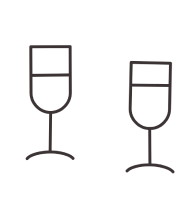
Bitte bestätige deine Anmeldung noch eben - du hast eine Bestätigungsmail von uns. Klicke darin auf den Link. Danach bekommst du deinen Rabattgutschein.

